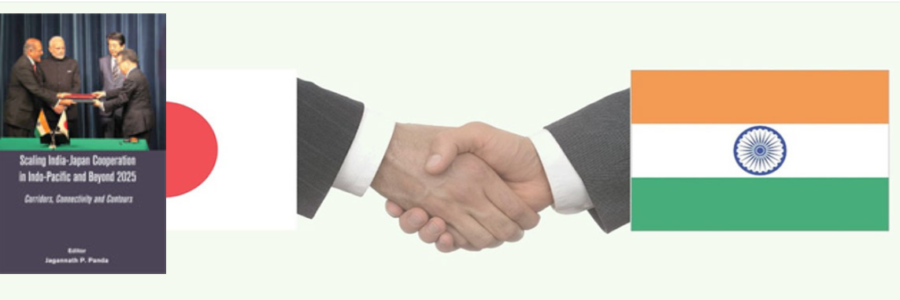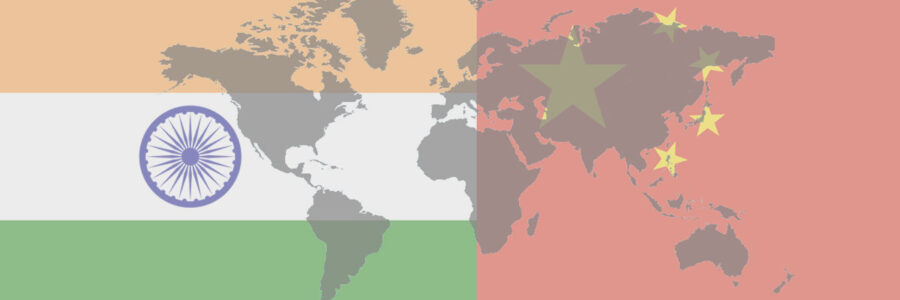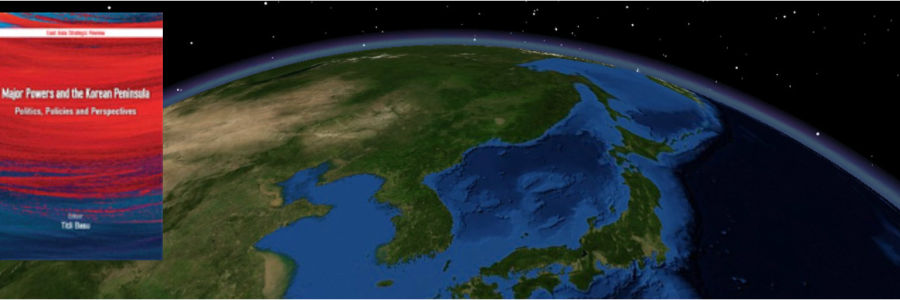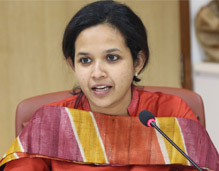Defence White Paper 2009: New Contours of Australia’s Strategic Thinking
The rapid speed of globalization and increasing economic interdependence has had a direct impact on defence policies and countries are constantly seen fine-tuning their priorities. Walden Bello argues in his book Dilemmas of Domination that the declining US hegemony would prompt US allies in Asia to alter their defence planning and strategies vis-à-vis emerging powers like China.
- Pankaj K Jha
- November 2009




















